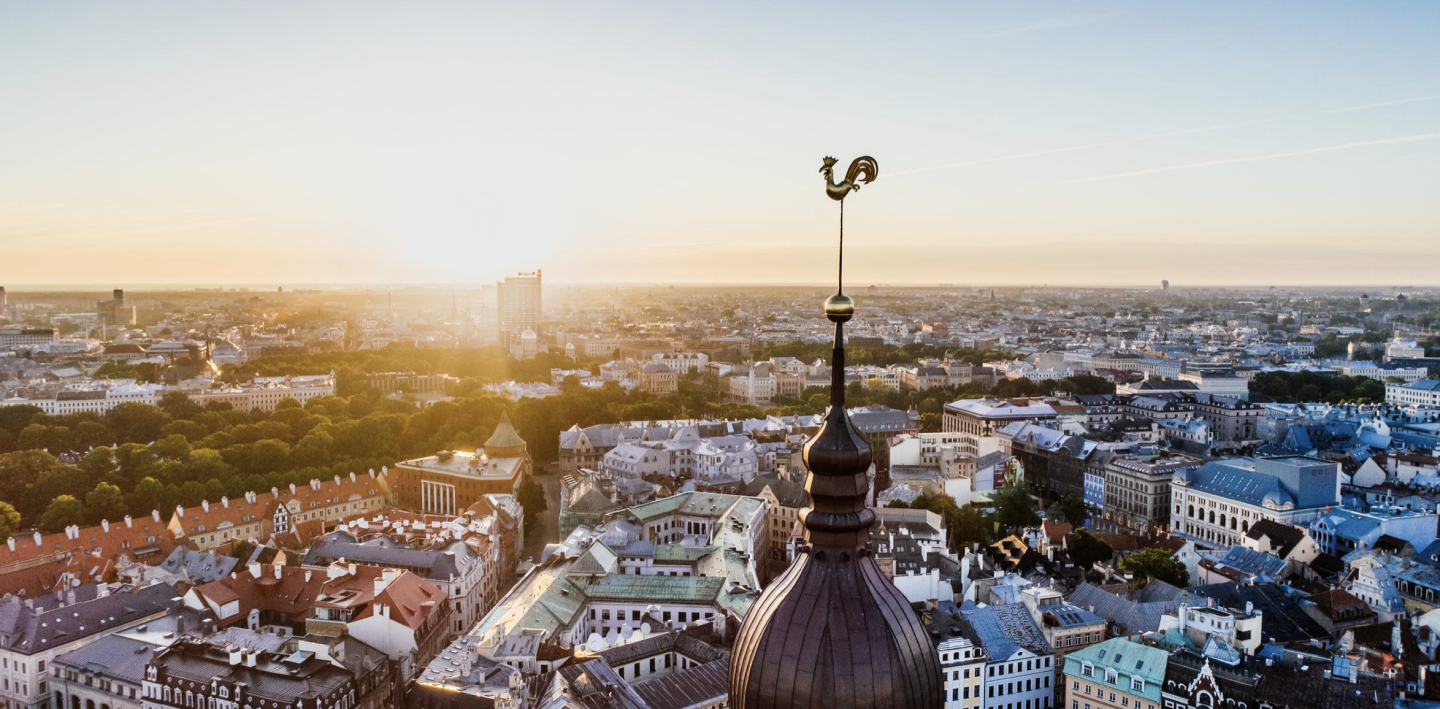Over the past weeks, we’ve had the privilege of engaging in a series of in-depth conversations with our partners in Poland on one of the most pressing challenges of our time: how to finance the green transition of our buildings.
The topic of green financing for energy efficiency and retrofits may sound highly technical at first glance, but in reality, it sits at the intersection of climate policy, urban development, and economic strategy. Buildings are responsible for a significant share of energy consumption and emissions in Europe, and transforming them into energy-efficient, climate-neutral spaces will require not only innovative technologies, but also innovative ways of funding.
Key Themes Emerging from the Discussions
1. Immense Investment Needs
The demand for investment in energy efficiency and thermal modernization is enormous. Aging public buildings, schools, hospitals, and municipal facilities represent both a challenge and an opportunity. They require large-scale renovation, but the resources to achieve this are often scarce or fragmented.
2. Opportunities and Challenges in Public-Private Partnerships (PPP)
Public-Private Partnerships are often highlighted as a powerful tool to bridge financing gaps. Yet, many public institutions remain cautious. Concerns about long-term commitments, complex regulations, and risk distribution create uncertainty. At the same time, financial institutions, banks, and advisory firms emphasize that with the right frameworks, PPPs could unlock significant potential.
3. The Role of Trust, Clarity, and Collaboration
One recurring insight is that financing mechanisms alone are not enough. Building trust between public and private actors, providing clear regulatory guidance, and fostering transparent dialogue are equally essential. Without this foundation, even the most innovative financial instruments may fail to deliver.
Why This Matters
The green transition in the building sector is not just about reducing emissions or meeting EU directives—it’s about creating healthier, more resilient communities. Schools that are warm in winter and cool in summer, hospitals that operate efficiently, and municipal offices that lead by example all contribute to a better quality of life.
But to realize this vision, ambition must meet implementation. The conversations we’ve had with our Polish partners underline that closing the financing gap is as much about building an ecosystem as it is about finding money. This ecosystem must encourage investment, distribute risks fairly, and provide confidence to all parties involved.
Looking Ahead
The perspectives shared by representatives of Polish financial institutions, law firms, and advisory experts were invaluable. They highlighted both the potential of scaling up green financing and the obstacles that still stand in the way.
As we move forward, the task is clear:
-
Create frameworks that de-risk investments.
-
Encourage innovation in financing tools.
-
Strengthen cooperation between public and private actors.
Only by doing so can we accelerate the transition to a more sustainable, resource-efficient built environment.
The path toward climate-neutral buildings will not be paved by financial instruments alone—it will be built on collaboration, trust, and shared responsibility.
